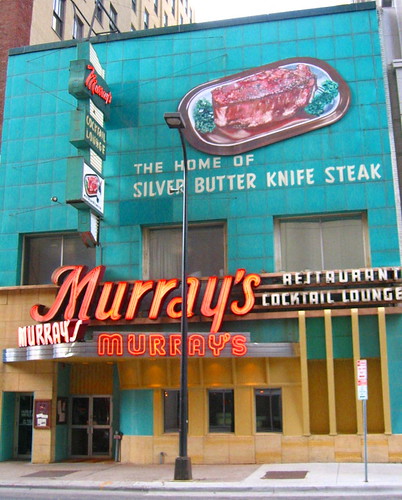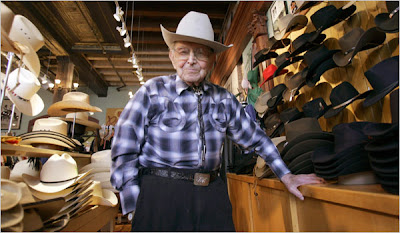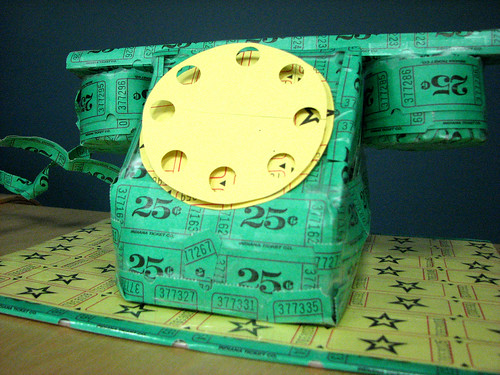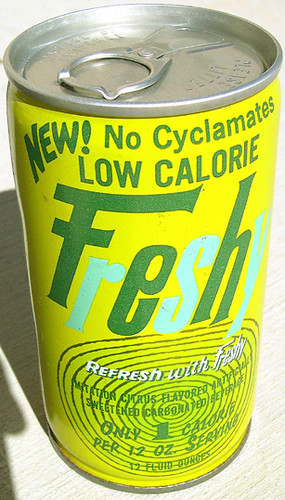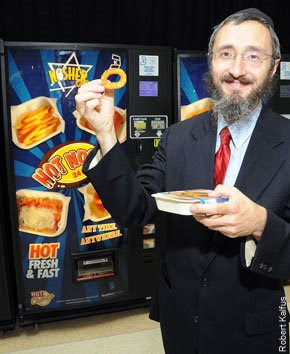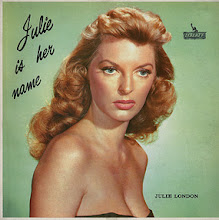Sex files: David Duchovny in rehab

WHY DOES THIS MAKE ME SO HAPPY?
By Guy Adams in Los Angeles
Friday, 29 August 2008
In a move that Hank Moody, the writer whose mid-life crisis he chronicles in Californication, should have taken years ago, David Duchovny has checked himself into rehab to seek treatment for sex addiction.
The actor today confirmed that he'd been admitted to a clinic near the Malibu home he shares with his wife of eleven years, the actress Tea Leoni, and their two children.
“I have voluntarily entered a facility for the treatment of sex addiction,” read a statement released by his lawyer, Stanton “Larry” Stein. “I ask for respect and privacy for my wife and children as we deal with this situation as a family.”
Little is known about what triggered Duchovny's decision to seek professional help. However the irony of his difficulties will not be lost on fans of the Golden Globe winning Californication, which is currently nominated for two Emmy Awards and next month returns to American TV screens for its second series.
The hit show follows Moody's romantic adventures in Los Angeles, where he has moved after separating from his wife Karen, played by Natasha McElhone. Most of its humour revolves around the difficulties prompted by his obsession with compulsive - and frequently dangerous - sexual liaisons.
When the first series of Californication was launched last year, religious groups were upset by a “dream” sequence in the very first episode, in which Duchovny's character fantasises about receiving oral sex from a nun. Several advertisers pulled-out of the show, labelling it “porn.”
Duchovny, who first achieved fame playing the conspiracy theorist Mulder in The X-Files, has for years claimed to suffer from sex addiction.
At the height of the show's success, during the mid 1990s, he gave a series of interviews admitting that he was seeking treatment after it cost him a long-term relationship, saying it was: “out of control and ruining my life.”
“You have no idea how good it feels to be so popular,” he recalled, in an interview with the TV Times. “I lost my virginity at 14, and I've loved women ever since. The way a woman smells - it's the ultimate aphrodisiac.” Apropros of rehab, he added: “either these meetings will help me, deal with my addiction, or I'll meet lots of women. Either way I can't lose!”
More recently, Duchovny claimed it had been cured, and that although he often wondered what it might be like to cheat on his partner, he had remained faithful throughout his marriage to Leoni. “I still like sex,” he said. “But only with my wife.”
At present, Ms Leoni is said to be remaining supportive of her errant husband, though both Stein and the couple's publicist, Flo Grace, have declined to comment further on the state of their marriage.
Duchovny's admission will further raise the profile of sex addiction, which has become a scourge of fashionable celebrities such as Michael Douglas, Charlie Sheen and Russell Brand.
Although critics claim the “illness” is frequently used to as an excuse for bad behaviour, victims say it can be every bit as damaging as a drug or alcohol addiction.
Some cynics have also wondered about the timing of today's announcement by Duchovny, whose recent X-Files film flopped at the box office, noting that the publicity it has generated comes at a useful time for Californication, which returns next month for its second series.
Their suspicions will have been raised by the fact that Showtime, the TV network responsible for the show, broke with his publicist's decision to make no further comment on the matter by releasing a statement expressing sympathy for Duchovny and his family “at this very private time.”



















